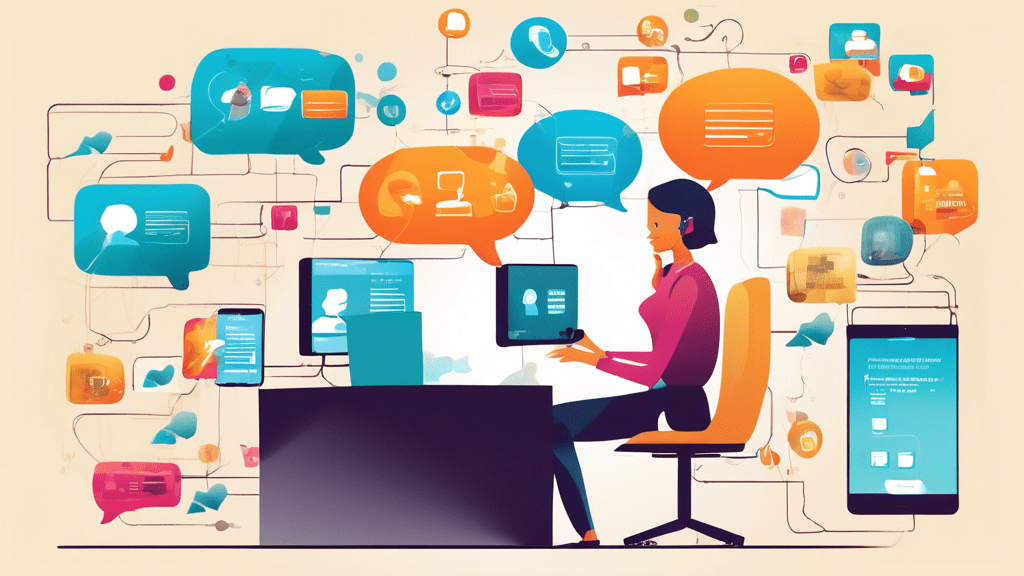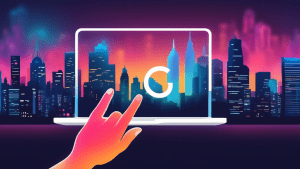In today’s fast-paced and highly competitive business environment, effective communication with customers is crucial. Companies that successfully interact with their customer base are more likely to improve satisfaction, foster loyalty, and generate consistent revenue streams. However, choosing the right channels of communication can make all the difference. Below, we delve into some of the most effective channels for customer communication and how businesses can leverage them to their advantage.
Email remains one of the most versatile and highly used channels for customer communication. It is particularly effective for sending newsletters, updates, promotional offers, and personalized messages. The key benefits of email communication include its low cost, scalability, and the ability to segment and target different customer groups with tailored messages. Businesses can use Customer Relationship Management (CRM) systems to automate email campaigns and track metrics such as open rates and click-through rates to gauge effectiveness.
Social Media
Social media platforms like Facebook, Instagram, Twitter, and LinkedIn offer dynamic means to engage with customers. These platforms allow for both one-on-one communication and broad-reaching announcements. Social media is ideal for real-time interaction, gathering customer feedback, and handling customer service inquiries. Additionally, the power of social media lies in its ability to foster a community around your brand, where customers can engage not only with your business but also with one another.
Live Chat
Live chat functionalities on websites provide immediate assistance to customers, enhancing their user experience. Customers appreciate the instant support that solves their queries without the need to wait on the phone or for an email response. Tools like Zendesk and Intercom offer integrated live chat features that can be managed by customer support teams. Live chat can significantly reduce bounce rates and conversion gaps, leading to higher customer satisfaction and retention.
Self-Service Portals
Customers increasingly prefer solving issues on their own without needing to contact support. Self-service portals achieve this by providing FAQs, tutorial videos, and knowledge bases. These resources empower customers to find answers independently, thereby reducing the workload on customer service teams. Well-organized self-service portals can significantly enhance the user experience, making it easier and faster for customers to resolve issues.
SMS/Text Messaging
SMS communication is effective for sending timely alerts, order confirmations, and promotional offers. Given the high open rates of text messages, businesses can ensure their messages are seen almost immediately. However, the brevity of SMS necessitates concise and clear messaging. Compliance with privacy laws and regulations is also critical to ensure customers do not feel spammed or intruded upon.
Voice Calls
Despite the advent of digital communication channels, voice calls continue to be a reliable method for personalized customer interaction. They are particularly useful for resolving complex issues, conducting detailed consultations, and making high-touch sales. Advanced telephony systems also offer features like call recording, analytics, and integration with CRM systems, which can further enhance the efficiency of voice communication.
Video Conferencing
With the rise of remote work and digital interactions, video conferencing tools such as Zoom and Microsoft Teams have become effective channels for customer communication. These platforms are especially beneficial for detailed product demonstrations, virtual meetings, and consultations. Video conferencing adds a personal touch that can build stronger relationships and trust with customers.
Community Forums and Groups
Online community forums and groups provide platforms where customers can share their experiences, troubleshoot issues collaboratively, and provide product feedback. These communities can be hosted on social media platforms like Facebook Groups or on dedicated forum websites. Having a moderated community can foster a sense of belonging and loyalty among customers, and also serve as a valuable source of user-generated content and insights.
To summarize, each communication channel has its unique advantages and ideal use cases. Effective customer communication strategies often employ a mix of these channels to meet varying customer needs and preferences. By understanding and leveraging the strengths of each channel, businesses can ensure they are communicating efficiently and effectively with their customers.
Note: Zing Business Systems provides done-for-you solutions for Google Business Profiles or provides ideas and solutions for the DIY business owner.





No comments! Be the first commenter?